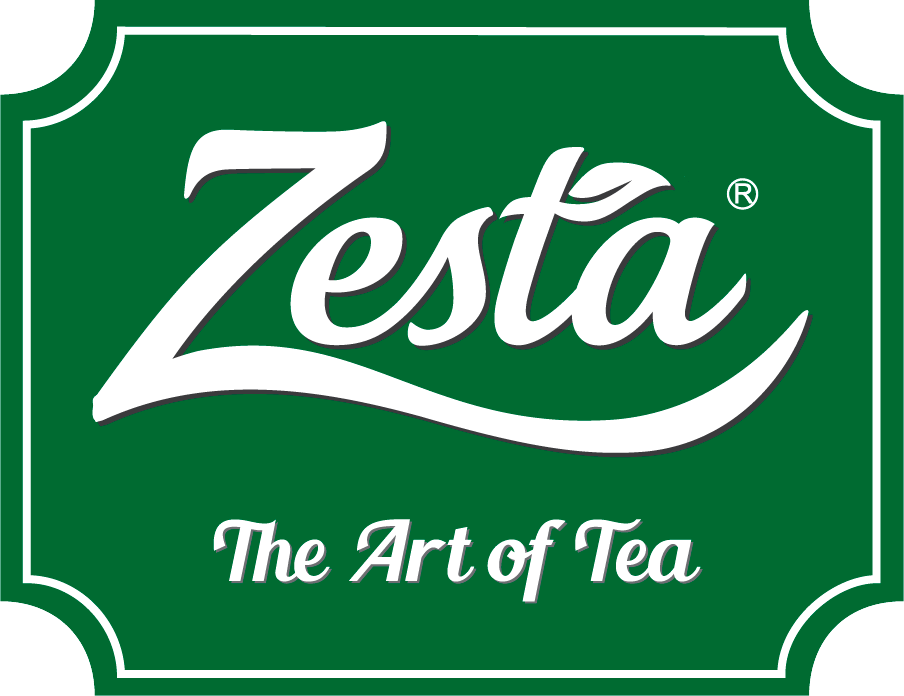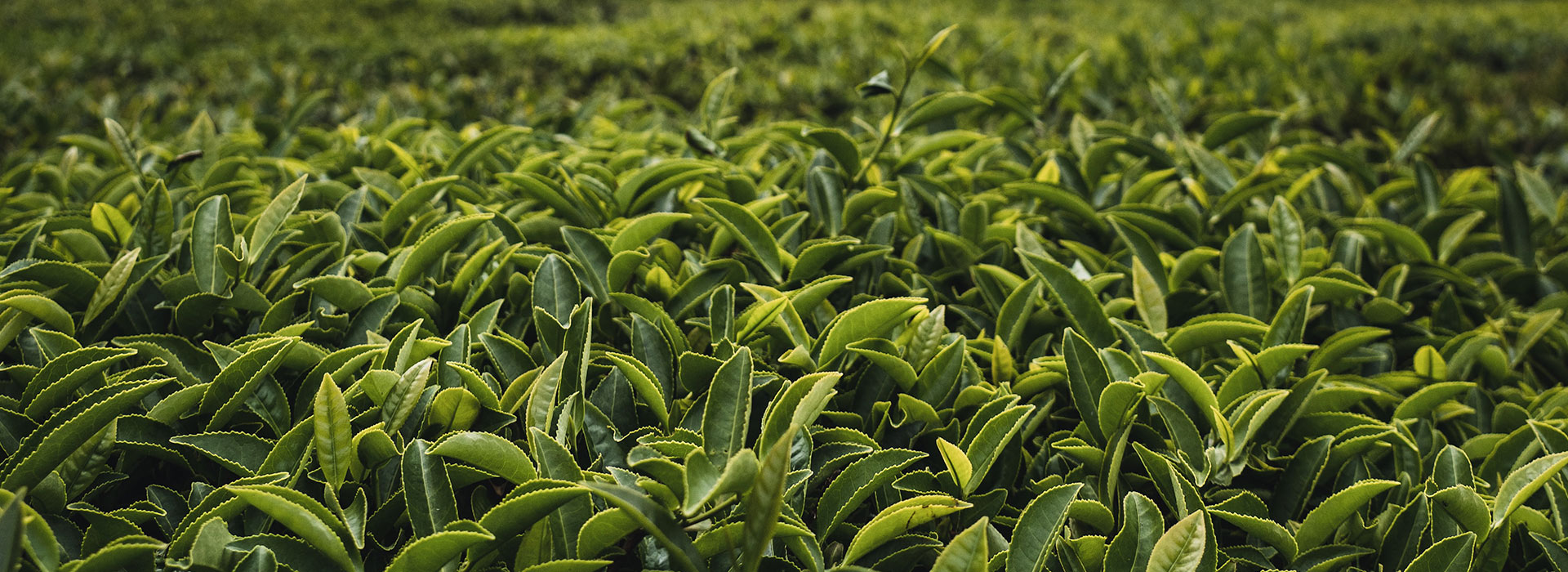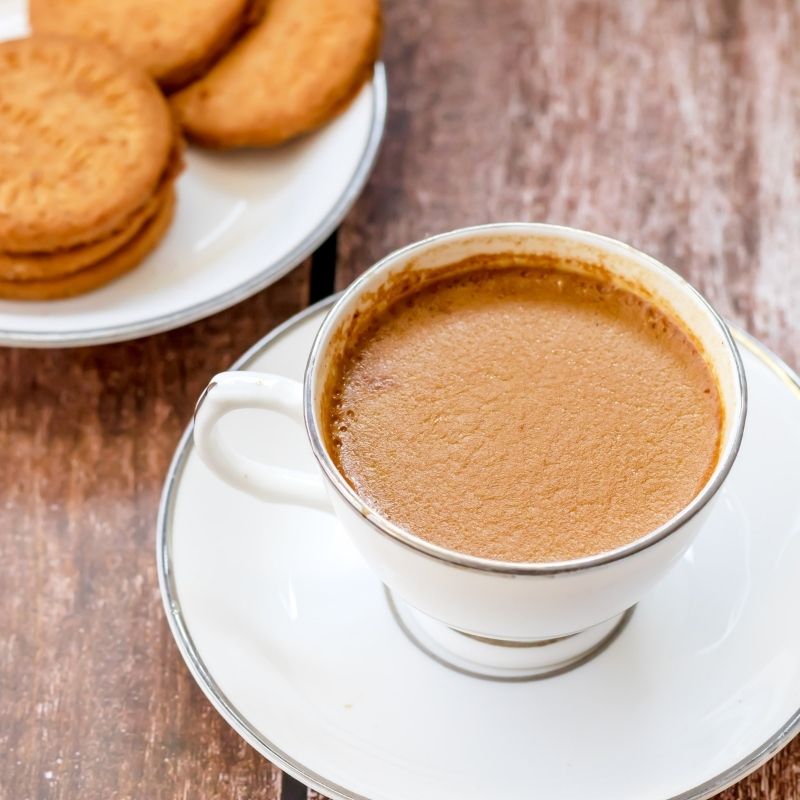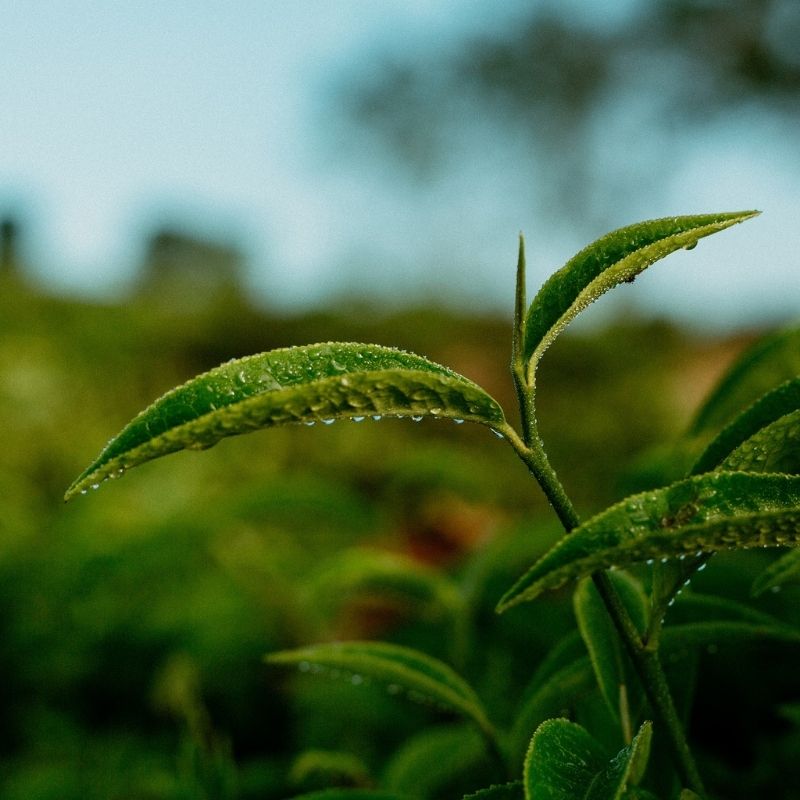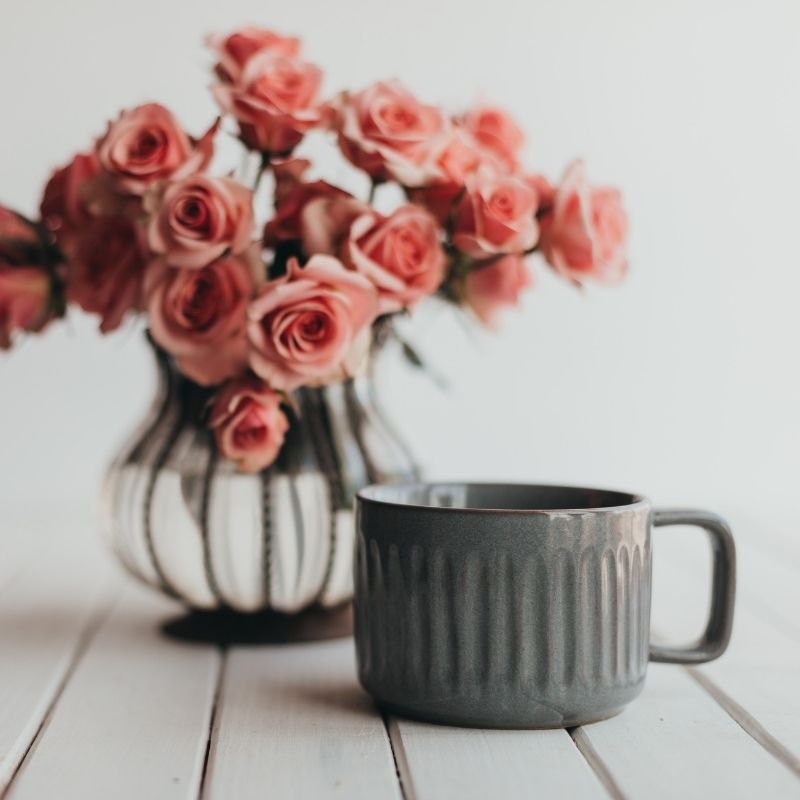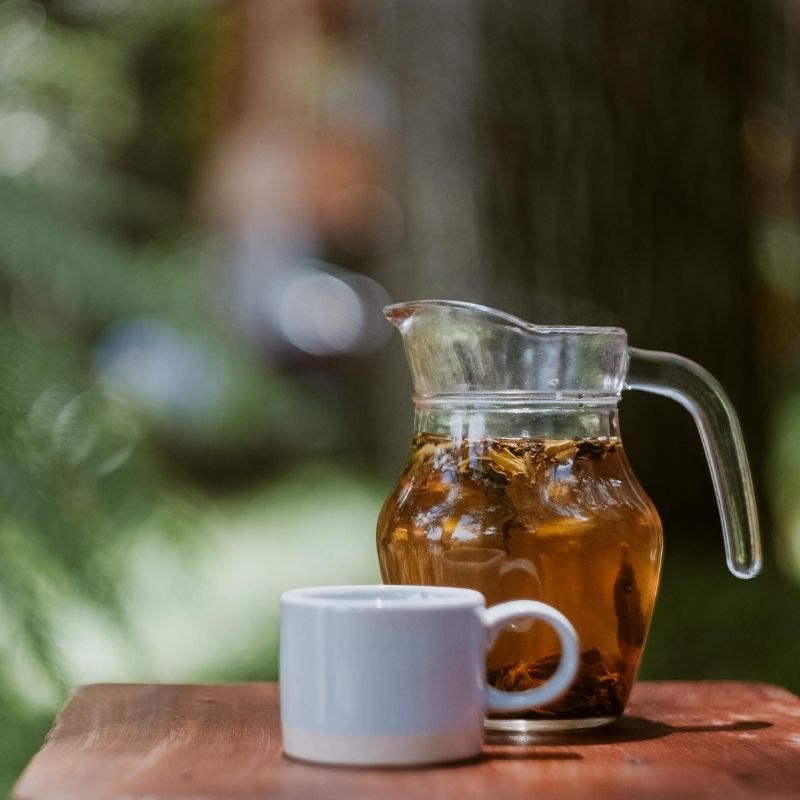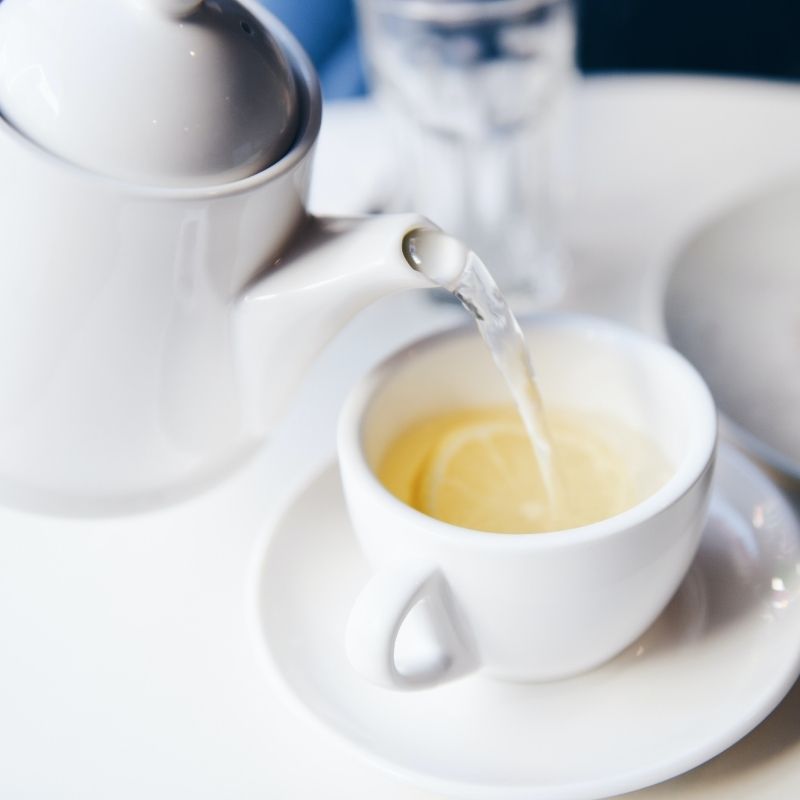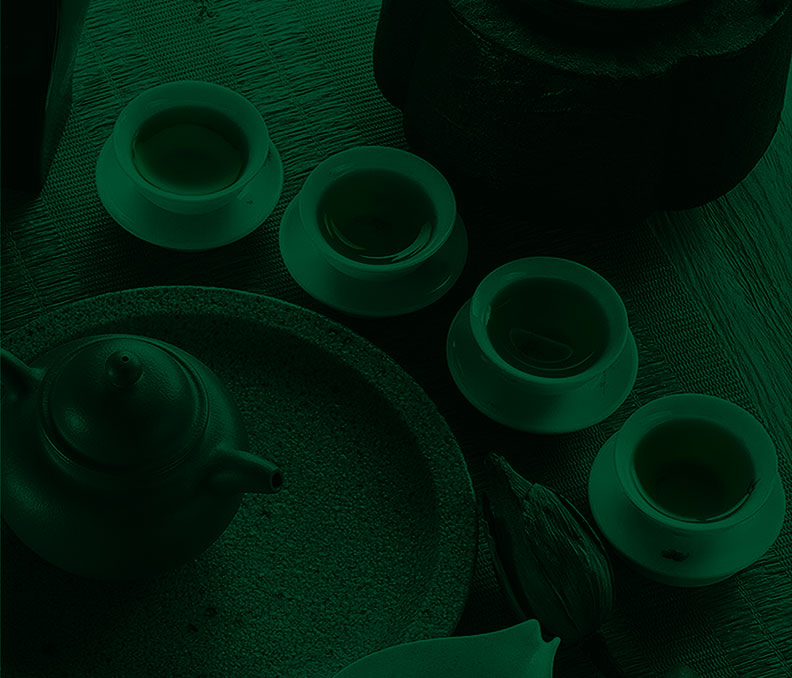PICK, ROCK & ROLL
An art that needs a lot of heart
The tea manufacturing process is an intricate one that begins with the plucking of good leaf – two leaves and a bud and results in the final tea leaf that you see. Ceylon tea is manufactured predominantly using the orthodox tea manufacturing process that has been practised for over a century.
FROM THE LEAF TO THE CUP
Although the following steps ensure the systematic manufacture of tea, the skill of the teamaker is crucial, as it is he who decides the exact timing, level and extent to which each step is executed, based on his experience and what kind of tea he finally wants. This is a process that comes with practice, knowledge and experience and cannot be merely replicated by anyone.
The teamaker’s role is therefore a vital one.
1. Plucking
Expert tea pickers pluck only the fresh leaf – consisting of the bud and the leaves below it – which is the key to ensuring a tea that is rich in flavour and character.
How it is done: Tea pickers handpick the tea leaves from the bushes
2. Withering
The plucked tea leaves are brought to the factory where they are put into large withering troughs which fan hot air to reduce the moisture content of the tea leaf. This ensures the leaf becomes flaccid. This is referred to as ‘physical wither’. There are also important chemical changes that take place during this time such as the breakdown of molecules to smaller units which increase amino acids and flavour compounds, the partial breakdown of walls between cells (cell wall permeability) which is important for the subsequent stages of manufacture. In order to ensure this ‘chemical wither’ takes place adequately, the plucked leaves are withered for a minimum of 6 hours.
How it is done: In withering troughs with hot or ambient air fanning the leaves
3. Rolling
The purpose of rolling is primarily to break up the leaf cells or compartments and to mix up the chemical components of the leaves with the enzymes. Various types of rollers are used to achieve this objective. The first roll is often very gentle and known as the ‘pre-conditioning roll’ . The main action of the pre-conditioning roll has been found to be the gentle expression of the leaf juice on to the surface of the twisted particles. These juices dry up on the surface of the particles to contribute to the blackness of tea. Subsequent rolling is programmed to achieve a thorough breakdown of the leaf cells. A considerable amount of heat is generated by friction during the rolling process, but care must be exercised to ensure that temperature does not exceed 35ºC (95ºF) because undesirable chemical and enzyme reactions could occur at higher temperatures.
How it is done: In a Roller which applies pressure on the leaf in stages, using a rolling motion.
4. Fermentation/Oxidisation
Once the leaf is sifted through the Roll Breaker, it is spread out on an even surface and left to allow oxidisation or what is referred to as fermentation. The process of fermentation represents a series of complex chemical reactions which begin at the moment when the leaf is broken in the roller. The breaking up of cells which causes the mixing up of the enzymes with the other chemical compounds within the cell results in a number of reactions; the most important being the oxidation of polyphenols. An additional reaction that occurs during fermentation is the formation of some
flavour compounds.
How it is done: In a Roller which applies pressure on the leaf in stages, using a rolling motion.
5. Firing/Drying
The process of firing removes most of the leaf moisture and stops fermentation by destroying the enzymes. Further, the flavour of the tea is ‘balanced’ during firing because some of the lesser desirable low boiling compounds are removed thus accentuating the presence of more useful higher boiling compounds.
How it is done: The fermented leaves are passed through the dryer which generates high heat.
6. Sorting & Grading
The fired tea leaves are sorted into particle sizes by sending them through sifters that sift them through different meshes. This helps to categorise the teas into the different grades – Dust, Pekoe, BOP etc.
How it is done: by sending the tea leaves through different sifters and mesh sizes.
7. Tasting & Assessing
The made tea is then tasted and assessed by the Teamaker and expert tasters, to ensure it meets all quality standards in terms of leaf appearance, aroma, cup colour and character of the tea.
How it is done: By tasting the brewed tea, assessing the brewed tea leaf and the colour of the liquor.

